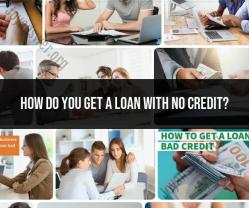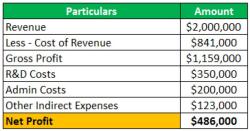How often do CMT rates change?
The Constant Maturity Treasury (CMT) rate plays a pivotal role in financial markets, affecting interest rates on various loans and investments. Understanding the frequency and causes of CMT rate fluctuations is crucial for investors, borrowers, and policymakers. This article delves into the dynamics of CMT rate fluctuations, shedding light on their significance and impact on the financial landscape.
Introduction to CMT Rate Fluctuations
The CMT rate represents the yield on US Treasury securities with different maturities. It is widely used as a benchmark for setting interest rates on loans, mortgages, and financial instruments.
The Significance of Understanding Change Frequency
Understanding the frequency of CMT rate fluctuations is essential for:
1. Financial Planning
Investors and borrowers need to anticipate changes in CMT rates to make informed financial decisions.
2. Risk Management
Businesses and institutions manage interest rate risk by monitoring CMT rate fluctuations and their potential impact.
3. Economic Analysis
Central banks and policymakers analyze CMT rate movements to assess economic conditions and make informed monetary policy decisions.
Factors Influencing CMT Rate Fluctuations
1. Economic Indicators
CMT rates respond to economic indicators such as GDP growth, inflation, and unemployment rates, reflecting the overall health of the economy.
2. Federal Reserve Policy
The Federal Reserve's decisions on interest rates influence CMT rates, as they impact the cost of borrowing and lending throughout the economy.
3. Global Market Events
Global events, such as geopolitical tensions and international economic trends, can lead to fluctuations in CMT rates.
Understanding Change Frequency Patterns
1. Short-Term Volatility
Short-term CMT rate fluctuations can be more volatile due to market speculation and immediate economic developments.
2. Long-Term Trends
Long-term CMT rate trends are influenced by fundamental economic factors and tend to exhibit smoother changes over time.
3. Event-Driven Changes
Significant events, such as changes in monetary policy or unexpected economic data releases, can trigger sudden shifts in CMT rates.
Implications and Impact
1. Borrowing Costs
Fluctuations in CMT rates affect borrowing costs for consumers and businesses seeking loans or mortgages.
2. Investment Returns
Investors in fixed-income securities, such as bonds, closely monitor CMT rate changes as they impact yields and returns.
3. Economic Stimulus
Central banks may use CMT rate adjustments as an economic stimulus tool to encourage borrowing and spending.
Conclusion
The dynamics of CMT rate fluctuations hold significant implications for the financial landscape. By understanding the frequency and underlying factors behind these fluctuations, individuals, businesses, and policymakers can navigate interest rate changes more effectively and make well-informed financial decisions that align with economic trends and objectives.











